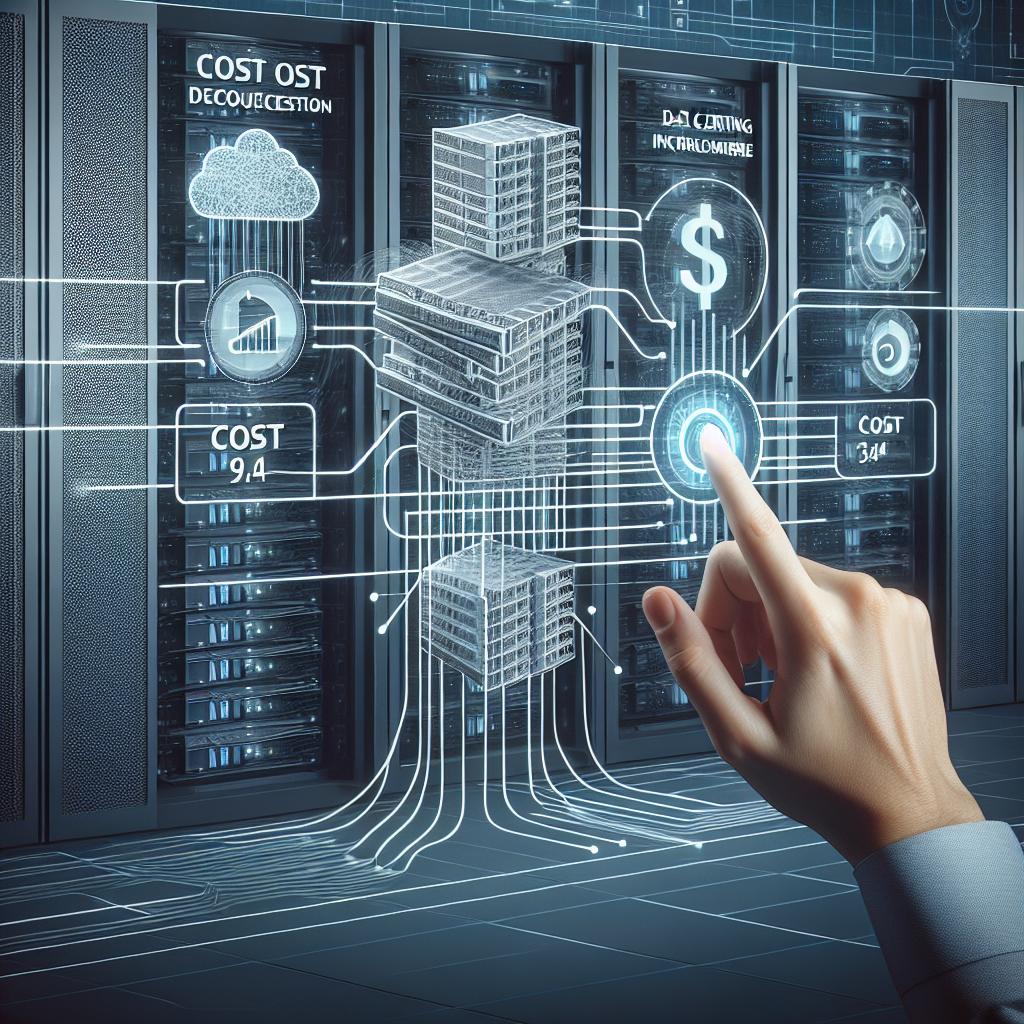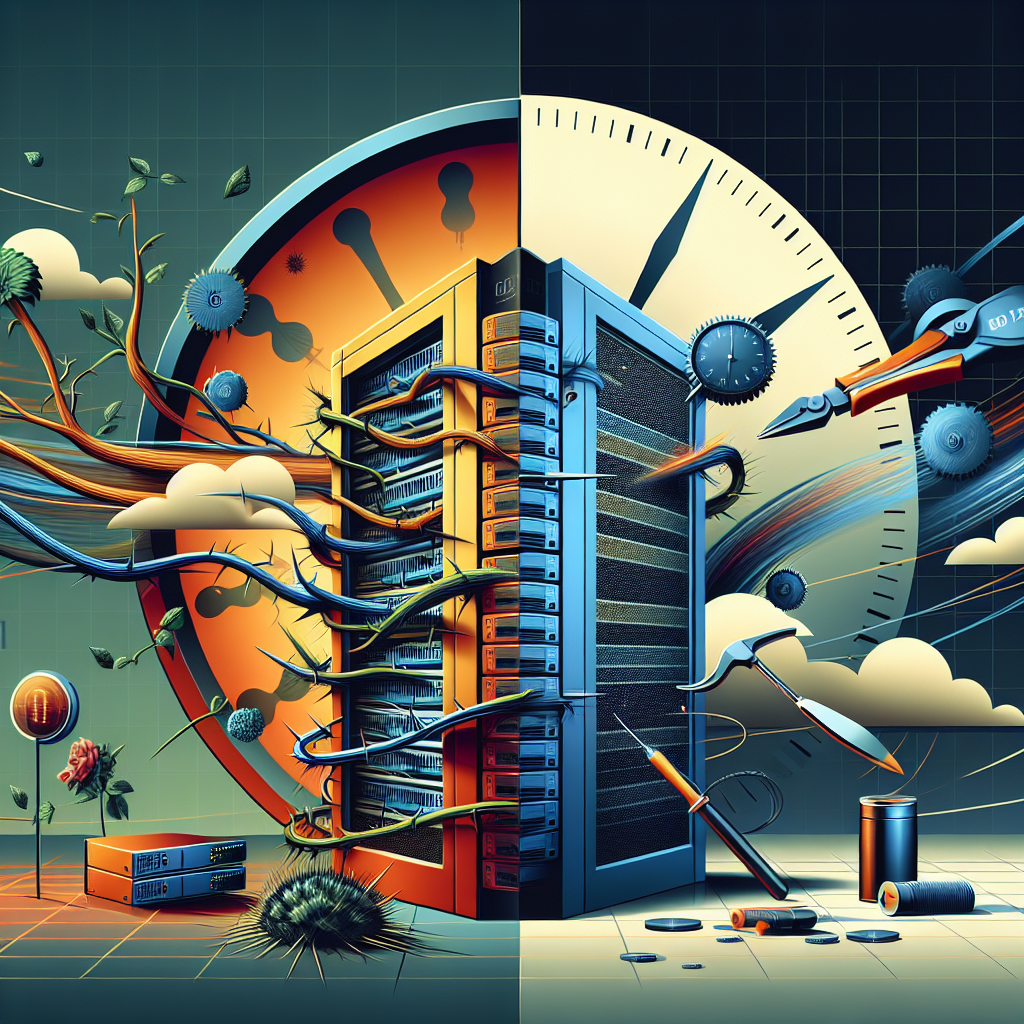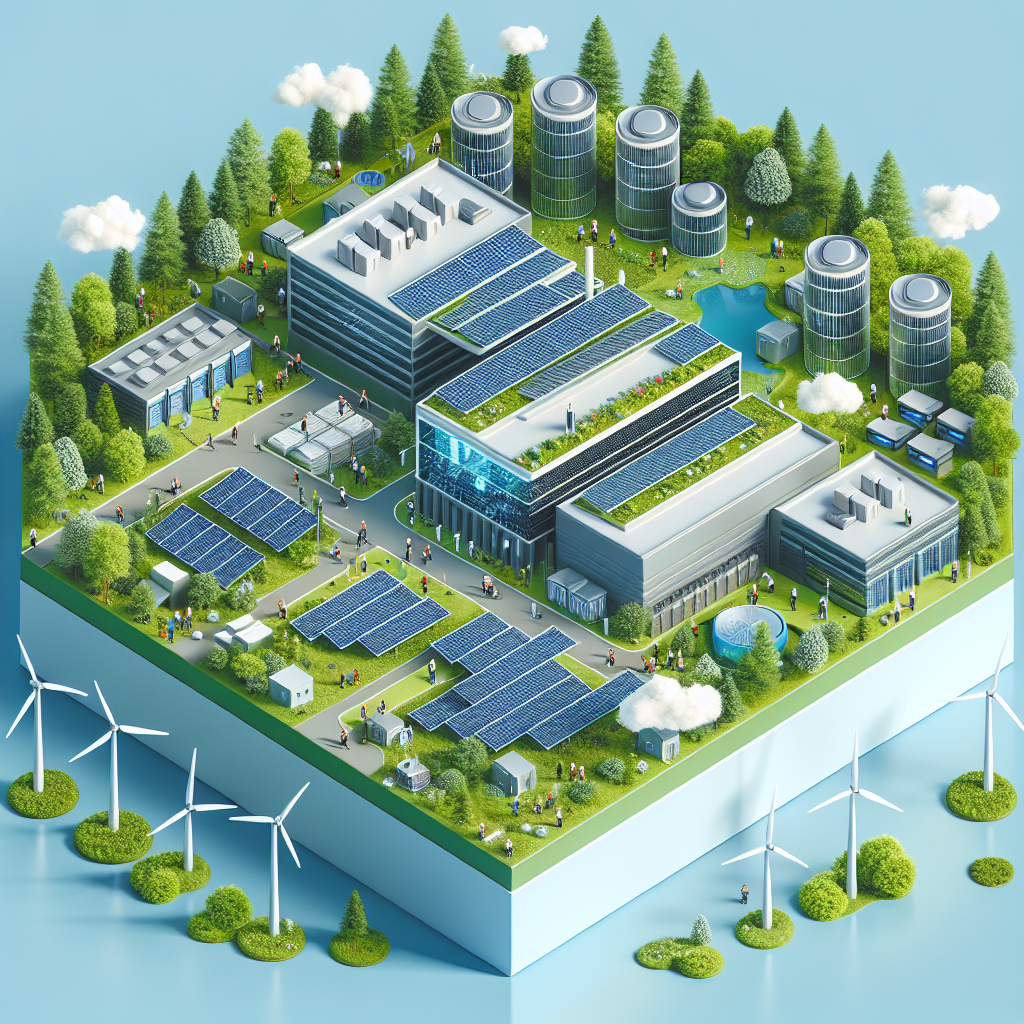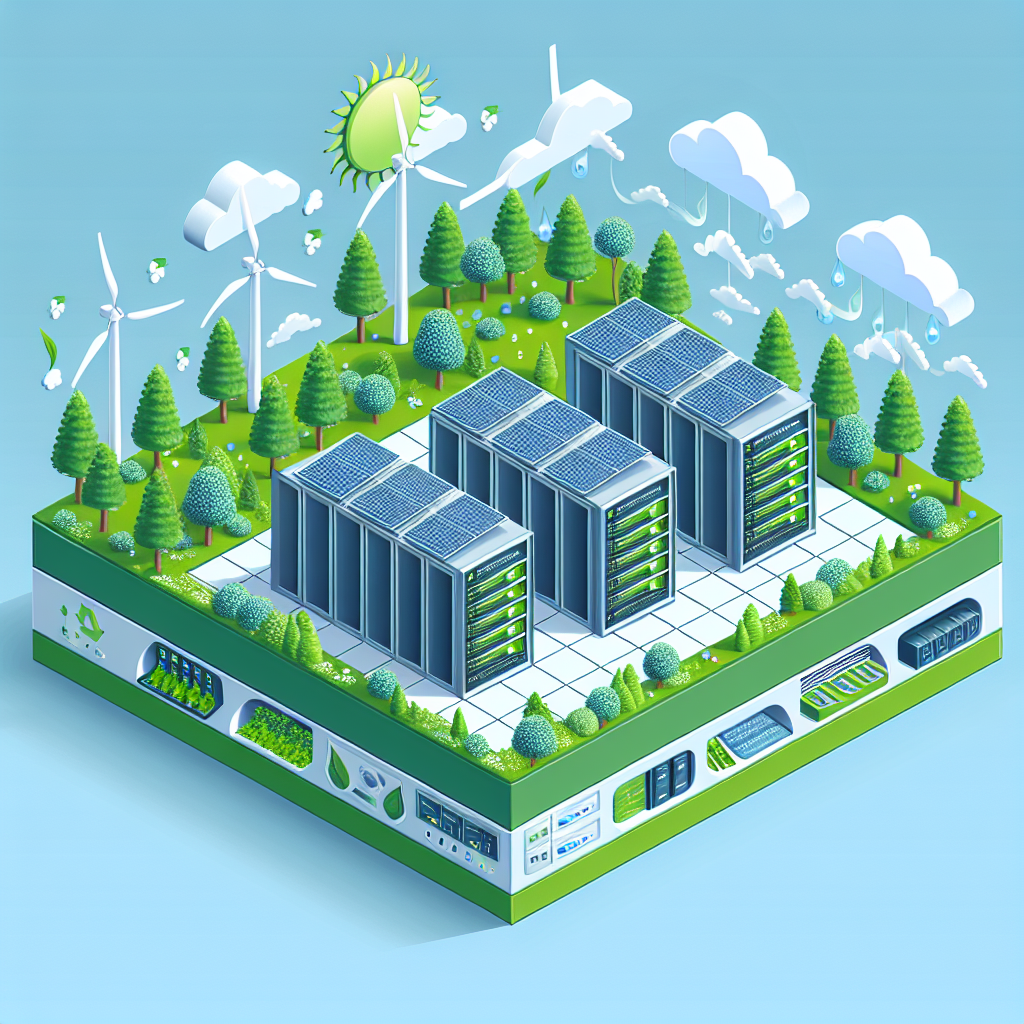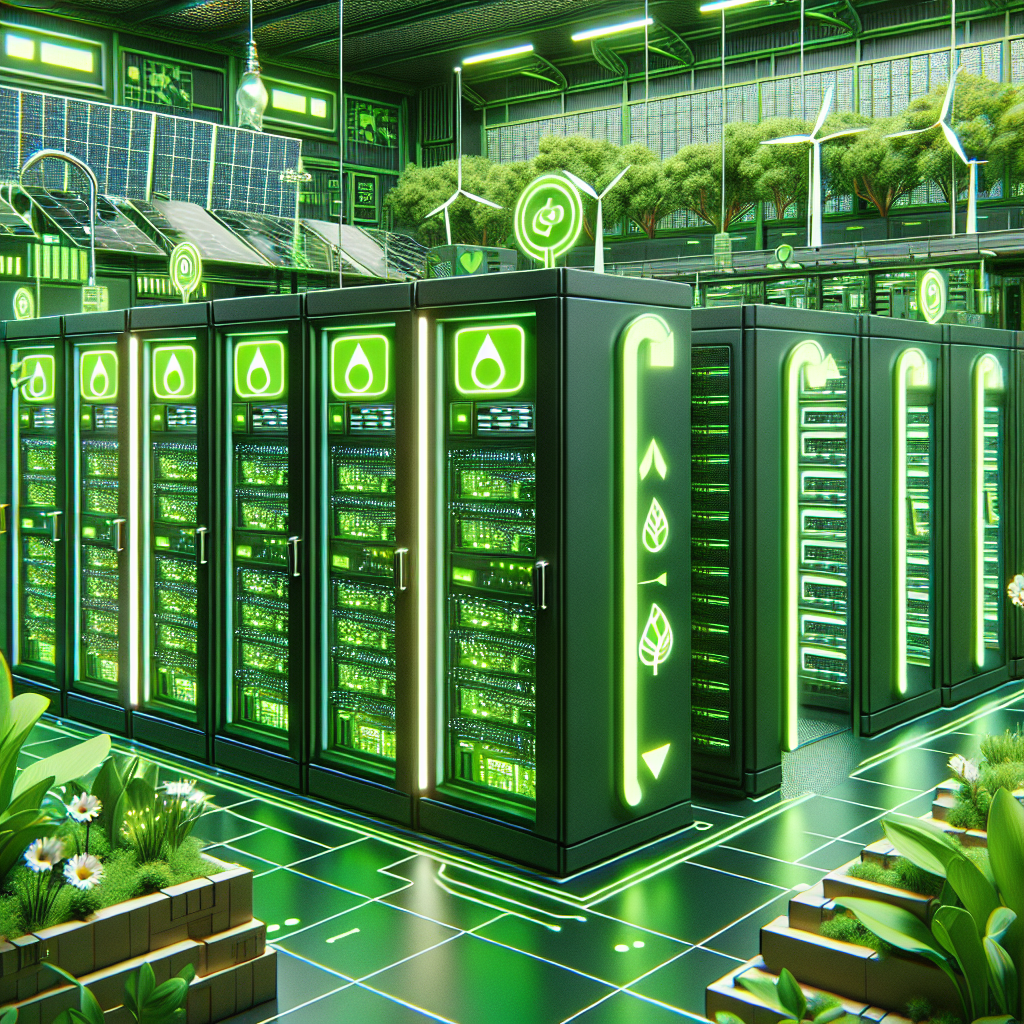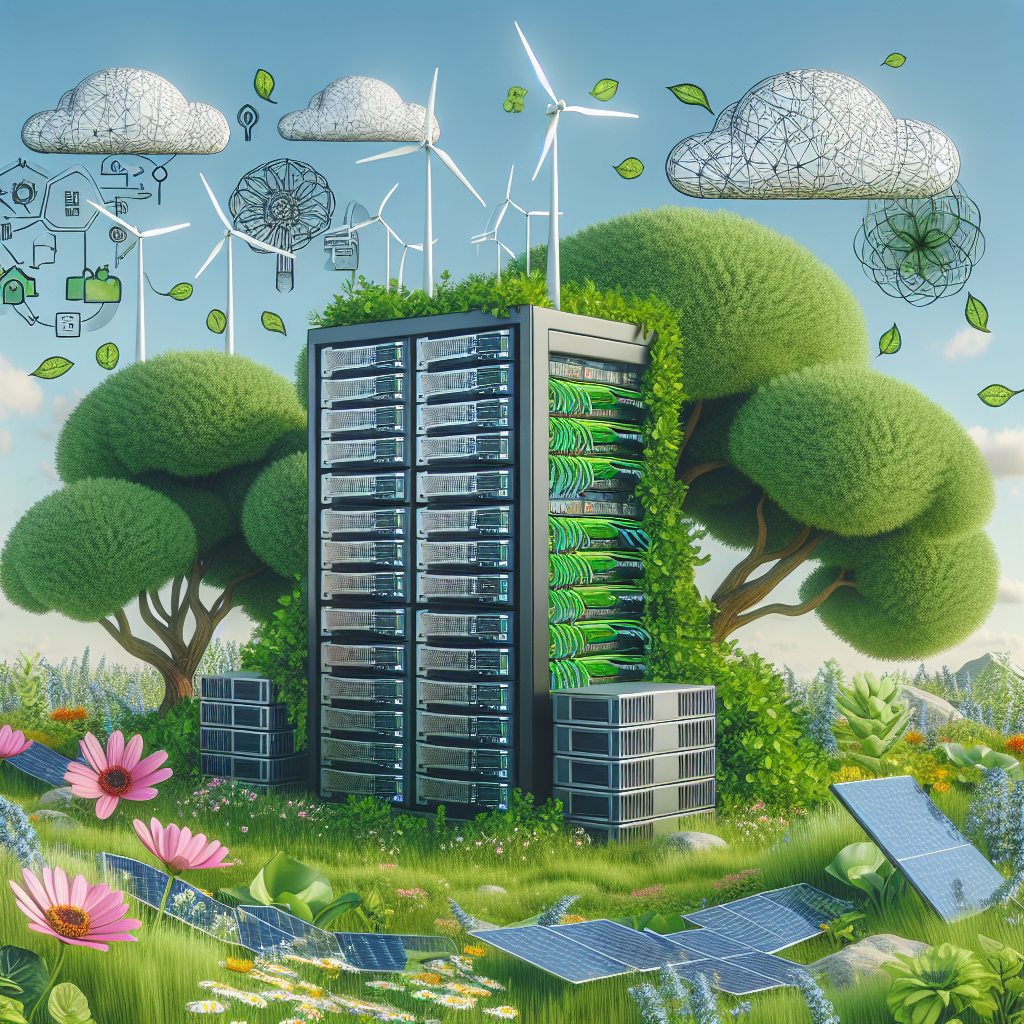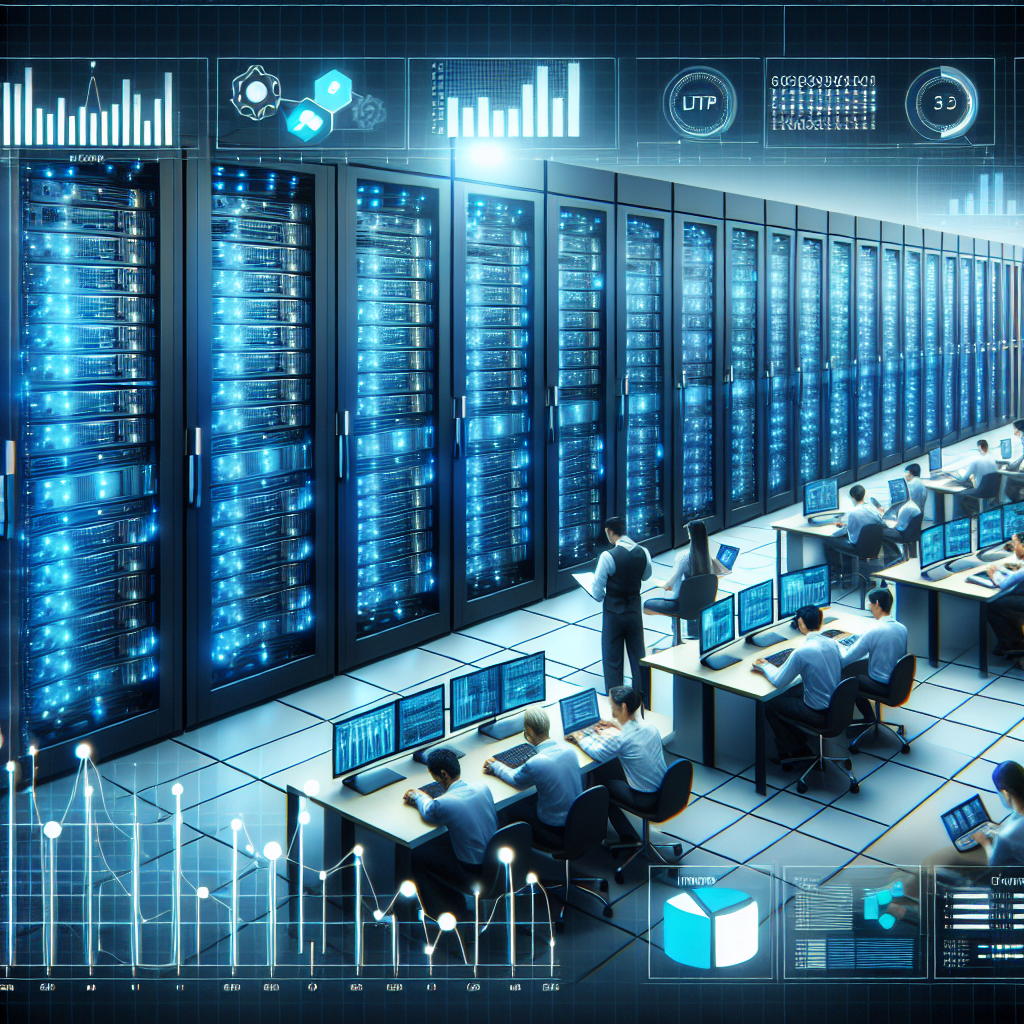Data centers are the backbone of modern businesses, housing the critical IT infrastructure that supports daily operations. However, managing and maintaining these data centers can be costly, especially when it comes to network infrastructure. With the increasing demand for data storage and processing power, companies are constantly looking for ways to reduce costs while maintaining the efficiency and reliability of their data center networks.
Here are some strategies for reducing costs in data center network infrastructure management:
1. Implement Virtualization: Virtualization technology allows companies to consolidate their servers and network resources, reducing the overall hardware and maintenance costs. By running multiple virtual machines on a single physical server, companies can optimize resource utilization and improve efficiency.
2. Use Energy-Efficient Hardware: Energy costs can be a significant expense for data centers, especially as they scale up to meet increasing demands. By investing in energy-efficient hardware, such as servers, switches, and routers, companies can reduce their electricity bills and lower their overall operating costs.
3. Optimize Network Traffic: By analyzing network traffic patterns and optimizing data flows, companies can reduce bandwidth consumption and improve network performance. This can be achieved through network monitoring tools and traffic shaping techniques that prioritize critical applications and services.
4. Embrace Software-Defined Networking (SDN): SDN technology allows companies to centralize network management and control, reducing the need for expensive, proprietary hardware. By separating the control plane from the data plane, companies can automate network provisioning and configuration, leading to cost savings and improved network agility.
5. Leverage Cloud Services: Cloud computing offers a cost-effective alternative to traditional data center infrastructure, allowing companies to offload some of their IT operations to third-party providers. By leveraging cloud services for storage, computing, and networking, companies can reduce capital expenditures and operational costs while scaling their infrastructure as needed.
6. Implement Data Center Consolidation: Consolidating multiple data centers into a single, centralized facility can help companies streamline their IT operations and reduce infrastructure costs. By eliminating redundant hardware and optimizing resource utilization, companies can achieve cost savings while improving the overall efficiency and reliability of their data center networks.
7. Outsourcing Network Management: For companies with limited IT resources or expertise, outsourcing network management to a managed service provider can be a cost-effective solution. By partnering with a trusted vendor, companies can benefit from expert support, proactive monitoring, and cost-effective solutions tailored to their specific needs.
In conclusion, reducing costs in data center network infrastructure management requires a strategic approach that leverages technology, optimization, and outsourcing. By implementing these strategies, companies can achieve cost savings, improve efficiency, and ensure the reliability of their data center networks in today’s fast-paced business environment.
